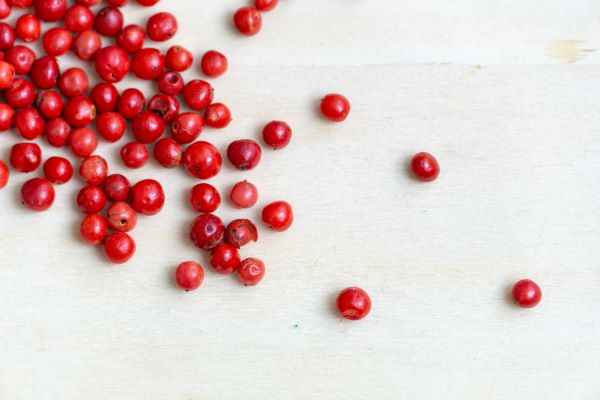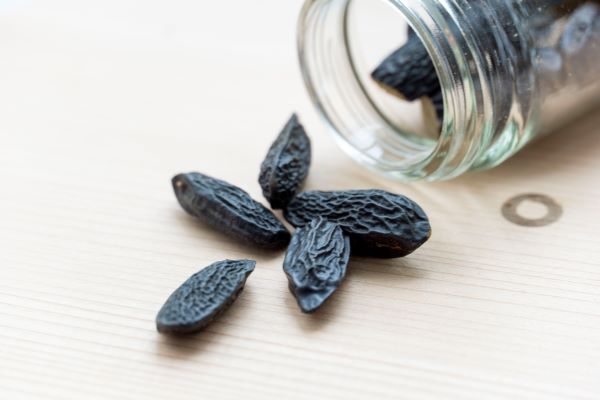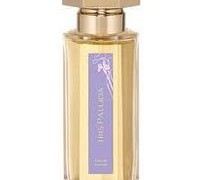Pink Berries or Pink Peppercorns in Perfumes
If you’ve ever wondered what “solar musk,” “lunar petals” or “electric vanilla” smell like, you aren’t alone. Fragrance marketing lingo is in a world of its own, and I have given up trying to find the logic behind the use of terms that nobody, not even professionals, can untangle. A list of notes describes a perfume’s smell as well as an enumeration of pigments captures Mona Lisa’s smile. While notes can suggest whether a fragrance is predominantly floral, leathery or spicy, they can also be misleading.

One example is “pink berries.” The name hints at the scent of strawberries or raspberries, but instead, “pink berries” is a literal translation of baies roses, French for “pink pepper.” The rose colored berry of the shrub Schinus molle is unrelated to the black pepper plant, but it has a spicy, sharp scent reminiscent of crushed peppercorns with a touch of violet. Its presence in perfumes is confined to the top notes where it reveals its fiery temperament, but pink pepper’s piquancy is without bite. It softens readily, allowing the subsequent layers to shine, be they flowers or woods.
















Joi in Giorgio Armani Mania : Long Lost Favorite Perfume: Yes!! January 25, 2024 at 2:54am